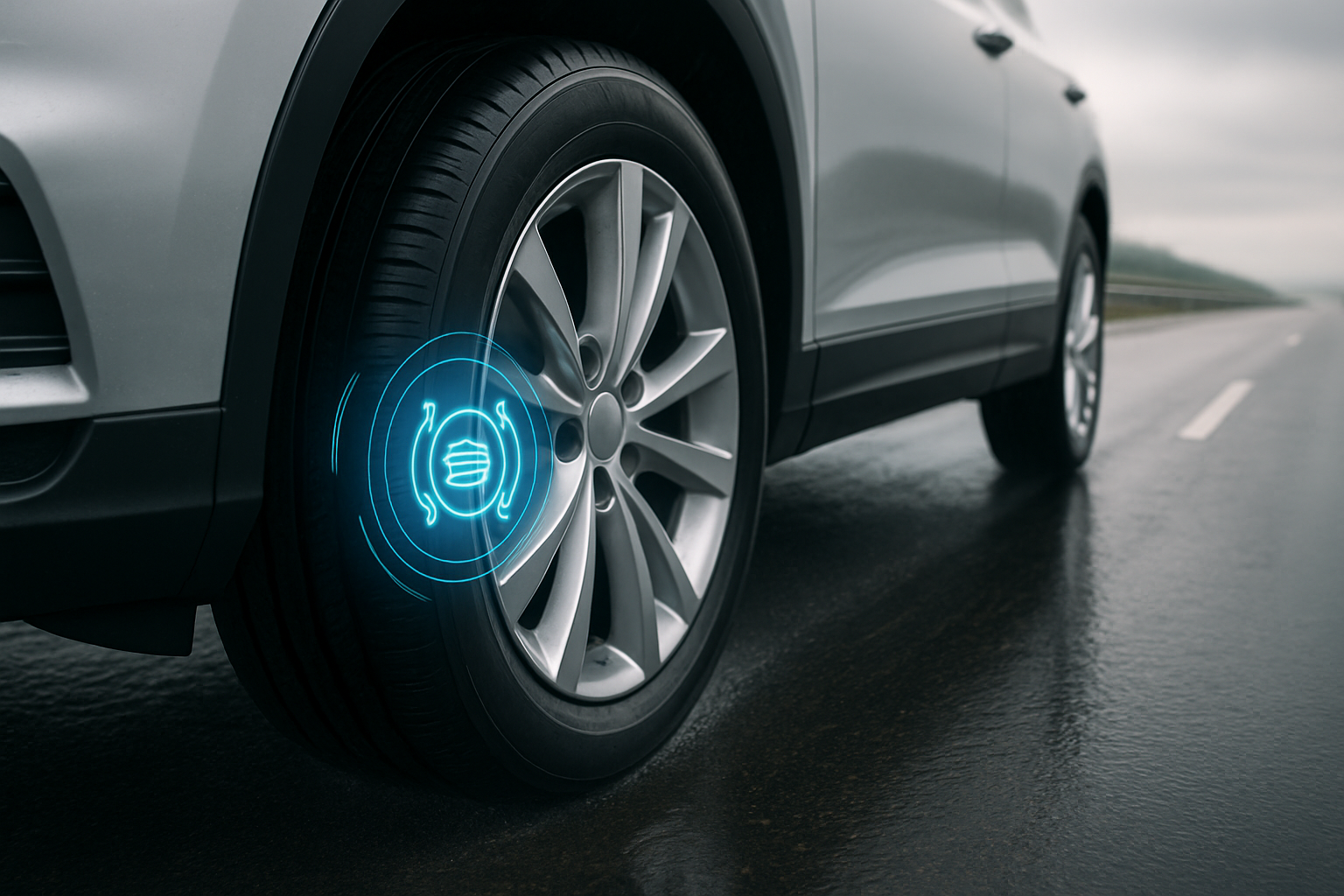Reinventing the Wheel: How Smart Tire Technology is Shifting the Automotive Paradigm
Imagine you're cruising down a highway, and suddenly your car alerts you of a potential flat tire. But you haven't felt any significant change in the ride quality. This is the marvel of smart tire technology. It's a relatively untapped area in the automotive industry that’s ripe for exploration.

Understanding Smart Tire Technology
In a nutshell, smart tire technology involves embedding sensors in tires to provide real time information about their condition and performance. This technology can monitor tire pressure, tread depth, temperature, and even the road surface. The concept is not entirely new as it dates back to the 1980s, but it’s only recently that it has started to gain real traction.
In the past, tire monitoring systems were rudimentary, often limited to detecting significant pressure drops. However, advances in sensor technology and data analytics have now made it possible to gather more detailed tire performance data and to do so in real time. This has opened up a new horizon in tire maintenance and safety.
The Rising Demand for Smart Tires
The demand for smart tire technology is primarily driven by the need for safety, efficiency, and convenience. Vehicles equipped with smart tires can provide drivers with real-time feedback on tire conditions, allowing them to take corrective actions before a problem arises. Moreover, smart tires can improve fuel efficiency by maintaining optimum tire pressure, and extend tire life by identifying wear patterns early.
The market for smart tires is expected to grow in parallel with the increasing sophistication of vehicles, especially with the advent of connected cars and telematics. Interestingly, the technology also has potential applications in motorsports, where tire performance data can provide teams with a competitive edge.
The Impact on Driving Experience
Smart tires can significantly enhance the driving experience by providing better control and safety. For instance, some smart tires can adjust their tread pattern based on road conditions, providing optimal grip and handling.
Consider driving in wet conditions. A typical tire might struggle to maintain traction, but a smart tire with adjustable tread could adapt to the wet surface, providing better grip and reducing the risk of hydroplaning. However, these technologies are in their early stages, and there are challenges to overcome, such as the complexity of integrating them into existing vehicle systems.
Advancements and Future Prospects
The future of smart tire technology is promising, with several innovative concepts in the pipeline. For instance, airless or non-pneumatic tires, which are immune to punctures and blowouts, are being explored. These tires could be a perfect match for smart technology, with sensors providing data on wear and performance.
Another exciting prospect is the use of smart tires in autonomous vehicles. As these vehicles rely heavily on sensors for navigation, smart tires could provide valuable data about road conditions, enhancing the safety and reliability of autonomous systems.
A Paradigm Shift in the Making
Smart tire technology has the potential to redefine our relationship with tires. Instead of being passive components, tires could become active systems that contribute to vehicle performance, safety, and efficiency. While there are still challenges to overcome, the wheels are in motion for a paradigm shift in automotive technology. From this perspective, it seems we are truly reinventing the wheel.





